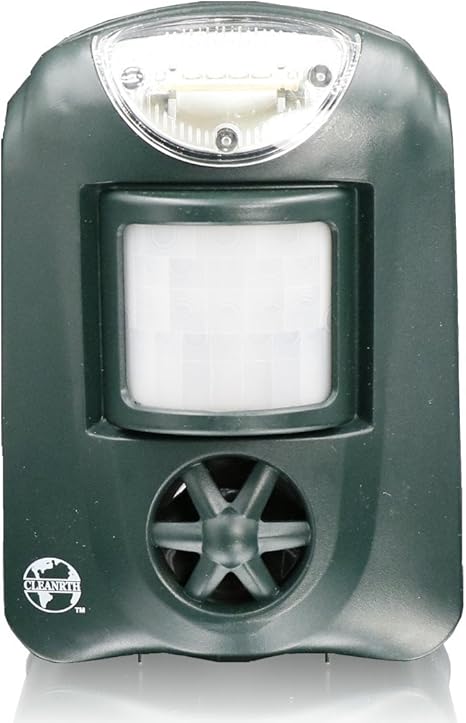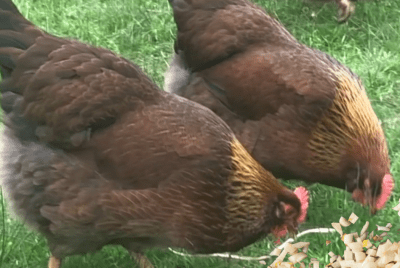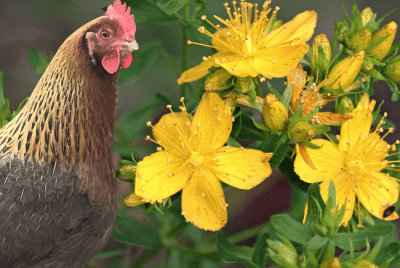Protecting Your Poultry – Keeping Hawks And Eagles At Bay
We are going to answer the question, “how to keep hawks and eagles away from chickens”. Eagles soaring above may be a majestic sight, but for poultry owners, they can pose a significant threat. Hawks and eagles are skilled predators that can wreak havoc on your flock if not properly deterred. To safeguard your feathered friends, it’s crucial to implement effective strategies to keep these aerial predators at bay. Want to learn how?
Key Takeaways:
- Identify the Threat: Educate yourself on the different types of hawks and eagles in your area that may pose a risk to your poultry.
- Implement Physical Barriers: Use netting, fences, or other physical barriers to protect your poultry from aerial attacks.
- Create Safe Enclosures: Provide secure enclosures for your poultry to retreat to during times of danger.
- Use Predator Deterrents: Install scare devices, such as reflective objects or noise makers, to deter hawks and eagles from approaching your poultry.
- Monitor Your Flock: Keep a close eye on your poultry and be vigilant for signs of predator attacks, taking immediate action if necessary.
Getting to Know Your Adversary

Identifying Common Hawks and Eagles
Common predators that pose a threat to your poultry include hawks and eagles. These majestic birds of prey can be a challenge to deal with, but recognizing them is the first step in protecting your flock.
Understanding Predator Behavior
On occasion, hawks and eagles may target small animals, such as chickens, for a meal. They are known for their keen eyesight, powerful talons, and swift hunting skills. It is important to be aware of their hunting patterns and behaviors to effectively safeguard your poultry.
Fortifying Your Coop
Structural Reinforcements
Little details can make a big difference when it comes to fortifying your coop against aerial predators like hawks and eagles. Ensure that your coop is built with sturdy materials and reinforced corners to prevent any potential weak points where these predators could gain access.
Creating a Safe and Secure Space
Structural reinforcements are vital, but creating a safe and secure space for your poultry goes beyond just the physical structure of the coop. Make sure to trim any nearby trees or bushes that could provide perches for predators, and consider adding a secure roof or wire mesh cover to prevent overhead attacks. Regularly inspect and maintain your coop to address any wear and tear that could compromise its security.
Fortifying your coop with these measures will help ensure that your feathered friends are protected from potential threats, allowing them to roam free and peck happily without fear of aerial attacks.
Deterring Methods
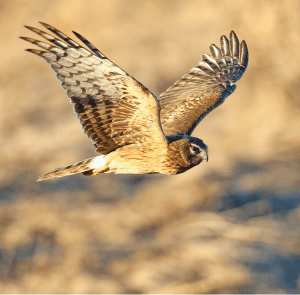
Visual Deterrents and Decoys
Decoys can be a simple yet effective way to deter hawks and eagles from targeting your poultry. Placing fake predators, such as plastic owls or scarecrows, in your chicken coop or around your property can trick the birds of prey into thinking that there is already a threat present. This can help to scare them away before they have a chance to attack your valuable birds.
Auditory Strategies to Scare Predators
For an additional layer of defense, consider using auditory strategies to scare off hawks and eagles. Loud noises, such as clanging pots and pans or a radio set to a talk station, can startle the predators and make them think twice about swooping in for a meal. By creating a constant stream of unexpected sounds in your poultry area, you can help to keep these birds of prey at bay.
It’s important to rotate these auditory deterrents regularly to prevent the hawks and eagles from becoming accustomed to the noise and ignoring it. Consistency and variety are key when using auditory strategies to protect your poultry from aerial predators.
Ongoing Vigilance and Practices
Regular Monitoring and Upkeep
With poultry farms, regular monitoring and upkeep are crucial to keep hawks and eagles at bay. Make sure to inspect your property regularly for any signs of raptors in the vicinity. Check for damaged fencing, secure coop latches, and remove any potential perches that could attract these birds of prey.
Community Watch and Reporting
The community plays a vital role in protecting poultry from hawks and eagles. Establish a neighborhood watch program where everyone keeps an eye out for these predators. This can greatly enhance the safety of your flock. Collaborate with neighbors and report any sightings or attacks promptly. Actions like this can help in implementing preventive measures and safeguarding your poultry.
Reporting: If you spot a hawk or eagle near your property or notice any unusual behavior, report it to local wildlife authorities immediately. Early reporting can prevent potential harm to your poultry and assist in conservation efforts for these majestic birds.
Conclusion
To wrap up, protecting your poultry from hawks and eagles is necessary for the safety and well-being of your chickens. By implementing deterrents such as fencing, netting, and scare tactics, you can effectively keep these birds of prey at bay. These can ensure your flock is safe. Remember to always be vigilant and observant of any potential threats to your poultry, and take proactive measures to prevent any harm. With the right precautions in place, you can enjoy watching your chickens thrive in a safe and secure environment.
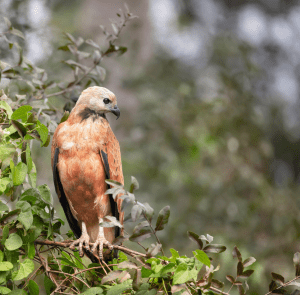
FAQ’s on How to Keep Hawks and Eagles Away from Chickens!
Q: What are some ways to protect my poultry from hawks and eagles?
A: There are several effective methods to keep hawks and eagles away from your poultry. Using reflective objects, predator-proof enclosures, and implementing scare tactics like noise makers or fake predators help in some instances.
Q: Why are hawks and eagles a threat to my poultry?
A: Hawks and eagles are natural predators of birds, including chickens and ducks. They have keen eyesight and are capable of swooping down to catch their prey. This makes them a danger to your poultry.
Q: How can reflective objects help deter hawks and eagles?
A: Reflective objects like shiny tape or CDs can create flashes of light that disorient and scare away hawks and eagles. Place them strategically around your poultry area to minimize the risk of attacks.
Q: What is a predator-proof enclosure and how can it protect my poultry?
A: A predator-proof enclosure is a secure structure with mesh wire or fencing that prevents hawks and eagles from gaining access to your poultry. It creates a physical barrier that keeps your birds safe from aerial predators.
Q: Are scare tactics effective in deterring hawks and eagles?
A: Yes! Scare tactics like using noise makers, decoy predators, or even trained dogs can help keep hawks and eagles at bay. These methods create a sense of threat that can discourage predators from approaching your poultry.
Check out these 17 ways to keep hawks away from chickens for tips and tricks to protect your poultry from the skies!





